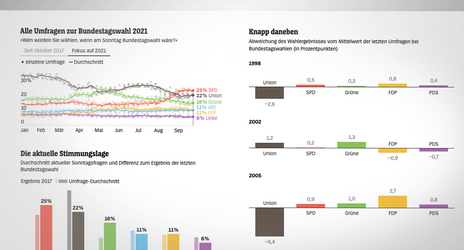Sports nutrition consumers should expect things to get worse before they get better in terms of product availability and elevated prices.
The “global supply chain” problem is affecting consumer products of all types, including your favorite sports nutrition supplements. Joshua Schall (JS) is a CPG industry strategist with an emphasis on the emerging/intersecting categories of functional food, beverage, and nutritional supplements. He’s successfully built J. Schall Consulting into a world-renowned leader in growth strategies (https://www.joshuaschall.com). Bruce Kneller (BK) is a consultant in dietary ingredient compliance who’s worked for top sports nutrition brands over 25 years. Bruce and I spent nearly a week knocking around Guangzhou and Hong Kong a few years back; he has extensive experience with Asian manufacturing. I asked them for their insights.
RC: How has the pandemic affected the supply chain in sports nutrition?
JS: The sports nutrition industry has been too reliant on China to support its supply chain needs. While this relationship was without many major challenges for decades, the situation has drastically deteriorated, and the industry must rebuild its global supply chains with less reliance on China.
BK: Today’s supply chain dysfunction is not due to one thing but a confluence of many things happening in parallel. It’s a “perfect storm” of anti-commerce, anti-capitalist laws, rules and regulations foisted upon logistics companies transiting products through California – a state making it impossible to unload ships or for trucking companies to pick up freight from the docks.
RC: How will the supply chain problem affect sports nutrition companies?
BK: It will cause the costs of producing products to increase dramatically. It will decrease the number of SKUs (products) a company can offer and reduce the number of units for sale in many SKUs. Products won’t be made fast enough to meet demand. Overall, it will substantially reduce both revenue and profitability.
RC: How will fitness consumers be affected?
JS: Early in the pandemic, almost everyone was affected by certain aisles of the grocery store being empty. Now, fitness-minded consumers will likely take the brunt of the second wave of supply chain challenges.
BK: Consumers will find that many of their favorite products are either no longer available or are available in smaller serving/container sizes and/or at a substantially higher price. Expect “Out of Stock” and “Back Ordered” to be the rule and not the exception.
RC: What can supplement consumers do?
JS: The typical sales and promotions might be less frequent, so if you see something attractive it might be a great time to stock up a bit. Also, consider signing up for loyalty programs with brands/retailers and enrolling in subscription programs to save costs. If you’re loyal to a specific brand, consider not bouncing to lower price offers because brands will need all the support they can get to weather this business storm.
BK: I would stock up on products that contain creatine monohydrate, any type of milk protein but especially whey concentrate/isolate, and any products containing citrulline.
RC: What can we expect on pricing?
BK: Creatine monohydrate has increased from about $4/kg (stable at the price for 5 years or more) to about $33/kg in the last 6-9 months. Whey protein has doubled in price per pound in the last 8 months. It would cost me about $40 just to produce a 5-pound can of whey protein today, so expect $100+ costs to consumers. Also, glutamine pricing is going to skyrocket. None of the companies I know that make glutamine are willing to quote past December. There will be critical shortages of everything throughout the start of 2022.
RC: Will we see more brands taking formulary “shortcuts”?
JS: When some people have their backs against the wall, they will unfortunately make decisions to survive that will be self-serving and not optimal for the market. I just hope the expected slight elevation in bad actors doesn’t severely hurt consumer trust that has become stronger over the past decade.
BK: The days of the “Cadillac Formulas” with the whole kitchen sink in a big scoop are likely fading into history. I suspect you’ll see smaller serving sizes and containers sold at the bigger serving size/container price. Misbranding/mislabeling will proliferate, including an increase in prescription drugs finding their way into sports nutrition beyond the usual PDE-5 inhibition analogues we see now. For example, prescription anti-hyperglycemic agents such as glyburide or glipizide are cheap, plentiful, require very low doses, and when combined with a cheap carb source will induce massive/sustained pumps and increase performance and muscle protein synthesis.
RC: Overall, what can sports nutrition consumers expect in the next 6 months to 12 months?
JS: Sports nutrition consumers should expect things to get worse before they get better in terms of product availability and elevated prices. This will be a challenging time for businesses, but also consumers. While living healthy will become more expensive, consider the alternative costs of being “sick” in America.
The post The Supply Chain and Sports Supplements first appeared on FitnessRX for Women.




